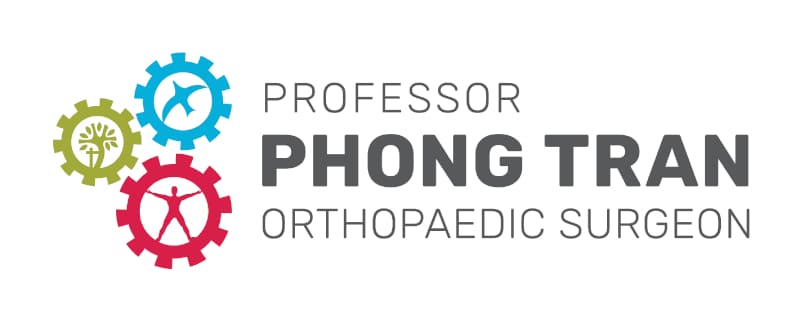
Introduction
New robotic technology is allowing more accurate placement of partial knee replacements. This will hopefully lead to knee replacements that work better and last longer.
In a partial knee replacement, only part of the knee is replaced rather than the whole knee.
Robotic knee technology uses CT scans to plan your partial knee replacement. During the surgery, the robotic arm helps precisely remove the worn-out bone and cartilage, matching the partial knee replacement to your unique anatomy.
Educational Video
Who should have a robotic partial knee replacement?
A partial knee replacement is a good option for people who have severe pain which is located in only one area of the knee, the most common being on the inside of the knee (also known as the medial side).
If you have pain all over your knee, you are probably better suited to having a total knee replacement.
Also, your ACL (Anterior cruciate ligament) should be fully functional and intact, and you show have good flexibility of your knee.
Steps involved in Robotic Knee Replacement Surgery

CT scan of the Knee
A CT scan is performed to accurately assess the knee. The bone is assessed and 3D planning is made to place the components in the best position for your knee

Preparing for Surgery
Before your surgery, there will be a number of investigations and appointments to help you prepare for the operation. There are also a number of things you can do for yourself.
- Preoperative Physician Appointment. Our physician will make a thorough assessment of your health and fitness for an anaesthetic. Your medications will be assessed and any instructions to stop and change your medications before surgery will be given
- Blood tests and ECG. You will have these tests before your operation
- Staying active and exercising. Starting an exercise program before surgery will help with your recovery after surgery. Good exercises are walking, swimming and cycling. A program guided by a physiotherapist is also a great idea.
- Check your teeth. Although rare, infections of the joint replacement can occur due to poor teeth and gums. If you are planning dental procedures, then it is better to have it performed before your joint replacement.
- Loose weight. If you are overweight, it is a good idea to loose weight before surgery. Losing weight will help with your pain before surgery and help your recovery afterwards.
- Get help at home. You will need someone to help you at home for the first 2 weeks after surgery. For some people, an inpatient stay at rehabilitation is needed. Most people at rehab-at-home.
- Prepare your home. Make sure as much as your chores are done before your surgery
- Food shopping
- Cleaning of your house
- Tidy your house so that any obstacles or tripping hazards are removed
- Clean sheets on your bed
- Rearrange your house so that there is room for you to get around with crutches
- What to take to hospital.
- Clothes
- Toiletries
- Look after your skin. It is important that you have no skin infections or scratches of your skin before surgery. Try to avoid gardening for 1 week before your surgery. If you have a fungal infection or cellulitis, this needs to be treated before your surgery
Prehab - Exercises to prepare for surgery
Risks and Complications
All operations have potential risks and complications. Robotic partial knee replacements are usually very successful and the complication rate is very low. The top 2 complications to consider are joint infection and deep vein thrombosis.
- Joint Infection. Infections can occur shortly after surgery or even years later. Infections often occur around the skin, with redness and discharge. If you have an infection, you will receive antibiotics and stay in hospital. Further surgery may be required and in the worst-case scenario, your replacement may need to be removed.
- Deep vein thrombosis (DVT). Blood clots can form in your calf after surgery. This can be very dangerous and lead to blood clots moving to the lungs (pulmonary embolus) which can be life-threatening. After surgery, you will be given medications to thin your blood, compression foot pumps to maintain good circulation in your legs whilst you are resting and you will be encouraged to walk as soon as possible.





